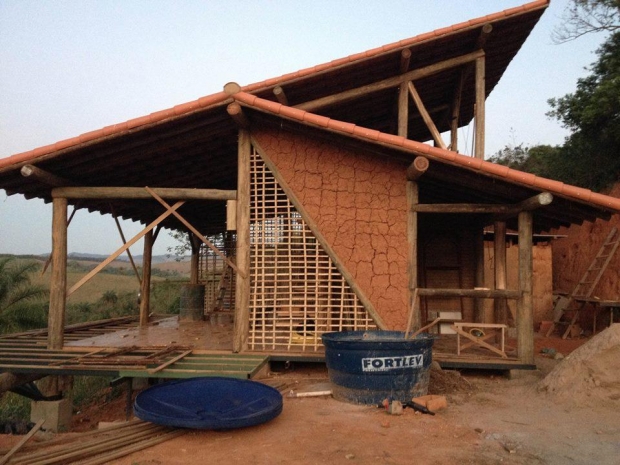
Construction and biobased materials
Construction et Urbanisme : le XXIème siècle sera végétal
Lhe implementation in the construction of fast-growing plant materials is a great opportunity to immediately store a large quantity of carbon, both in Europe in the context of energy renovation (straw, hemp, wood fiber, etc.). ), and in southern countries with strong population growth through new construction (bamboo, typha, palms, etc.). Taken as a whole (materials, construction, operation, etc.), building is indeed the sector of activity that weighs most heavily on climate change and, more broadly, on sustainable development. If, to limit these impacts, mastering the operation of constructions has long been the priority, it is now essential to reduce the weight of the construction phase and more particularly that of construction materials which emit more than 50% of the GHGs of each new square meter built. In addition, prospective analyzes show an exponential growth in needs – and therefore, potentially, in consequences – for the coming decades. By putting in place carbon regulations that will take into account the impacts linked to the production of construction materials, France is proving to be particularly innovative in the field and is paving the way for essential changes. These developments will reveal the relevance of bio-sourced construction solutions and give more and more importance to a field in which French players – research, industry, public and private institutions – are, rightly, recognized internationally as particularly dynamic and innovative. More broadly and beyond construction materials, to deal with global warming, the place of plants in the built environment is becoming a priority issue that impacts many subjects such as biodiversity, quality of life, water management, islands of freshness, health, etc.
article source: Construction 21 animator: Bernard BOYEUX Site web: http://www.vegetal-e.com/

0 comments